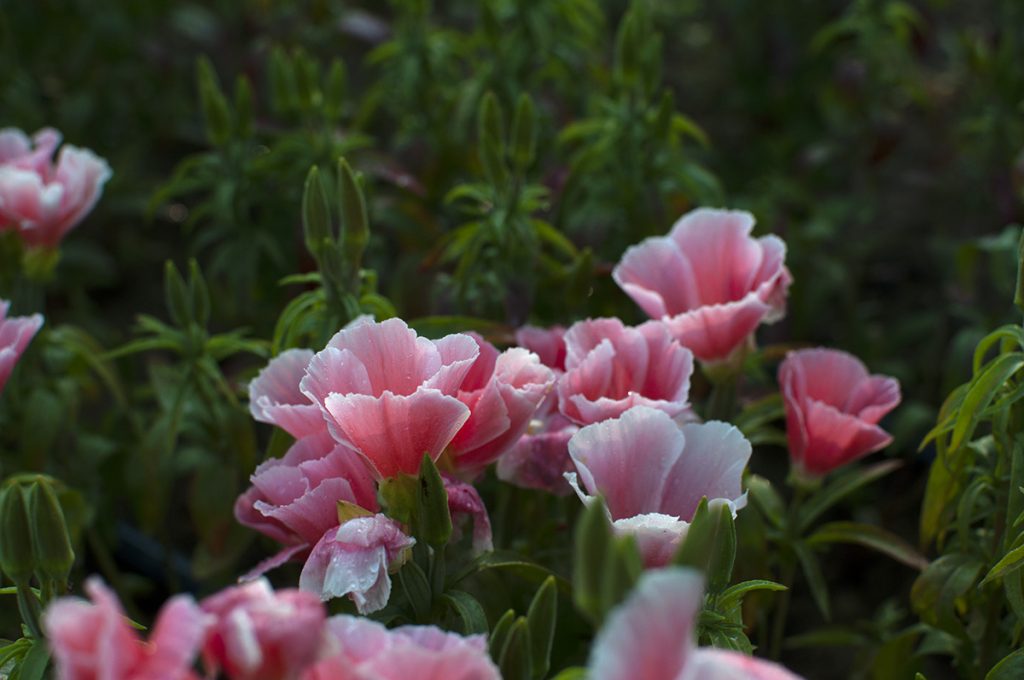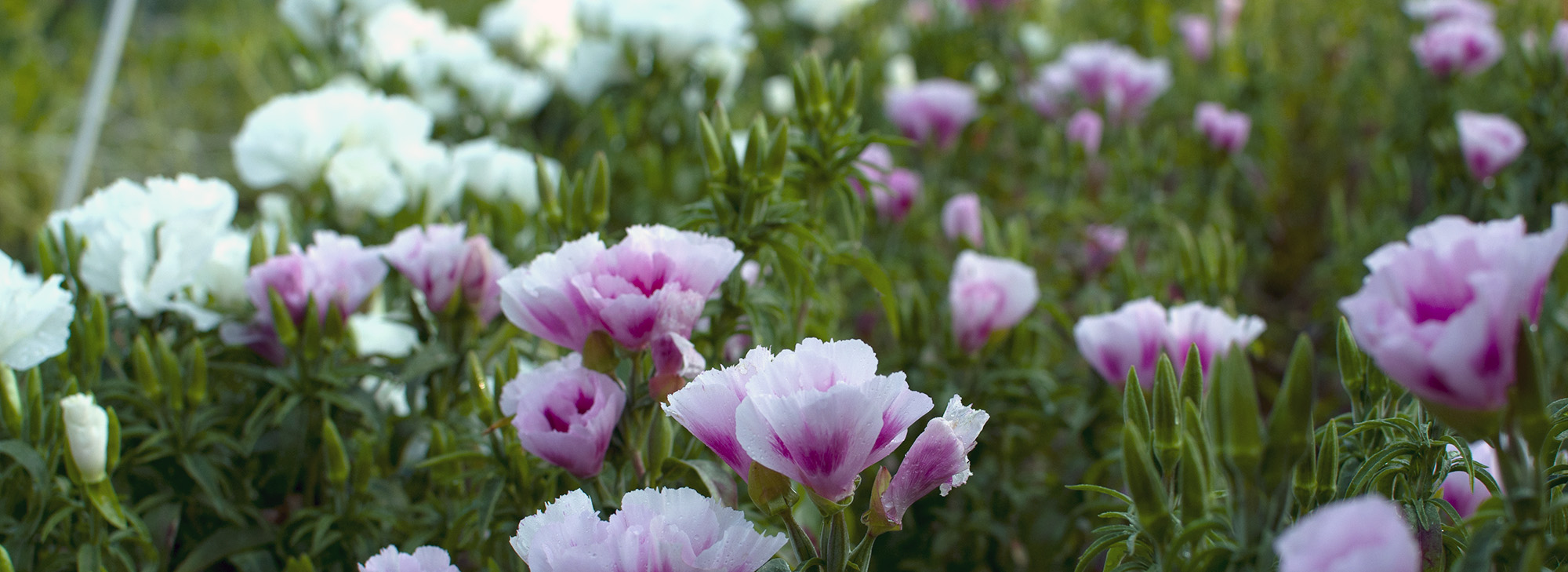Whether it’s petals in a pitcher or in a bridal bouquet, some things never change: one day you’re in, and the next you’re out.
Our flower farm is normally a judgement-free zone–except when it comes to judging our flower varieties.

In the winter, I cozy up with a mug of tea and a giant spreadsheet and do the bulk of our crop planning. In crop planning it is written and sealed: who shall bloom and who shall not, how many shall be planted and how many cut from the list.
Crop planning is a powerful and important job! And a long one that takes me weeks to finish each year. Truthfully, next year’s crop plan starts even sooner than that, with this year’s crop.


I take notes throughout the season on the flowers that we grow. I also take a lot of photos. Without these things, there’s no way I’d be able to make a successful crop plan. In the dead of winter, every flower sounds amazing and I want to grow all of them!
Alas, we have limited bed space, limited money for seeds, and limited farmer endurance. So some flowers must be humbled and cut–and others, of course, exalted.

Here are some of the things I think about when judging our blooms.
Do The People Like it?
We make our business growing flowers that people want to take home with them. It’s important that our flowers appeal to our customers, whether they be florists, wedding clients, or farmer’s market regulars–or you!
For example, gladiolus were on the potential chopping block for me. I just wasn’t sure if the people wanted them! But then they were super popular at market when we brought them. Shantay, gladiolus, you stay!

At the same weekend market with the glads, we had pale lilac lisianthus. A lot of these blooms had brown spots on them from the rain, which made them unappealing. Though we all agreed that the color was lovely, the brown spots are a dealbreaker for me and for our shoppers.
Lisianthus Echo Lavender, you are too delicate for us; sashay away.

Is it Productive?
We only have a certain amount of space on the farm, so we need to fill it with plants that pay their dues in harvestable stems.
Some varieties of lisianthus, for example, are way more productive than others, producing multiple stems and/or stems with many blooms. I take note of the ones that don’t perform as well, and sometimes we kick those out.
Some crops, like nigella, have very short harvest windows, where they bloom all at once. These crops are only productive for us if we can use all their stems within that short window. Sometimes this works out very well, and we bask in the glow of ample nigella! And sometimes it’s a bust.
By taking accurate notes about varieties like these, I can plan for them to bloom (nature willing) at a time when we can use them.

Is it a Pain in the Butt?
Sometimes flowers are a pain! And sometimes it’s not their fault.
For example, fragrant stock is a real finicky lady. If she doesn’t get the right amount of cold weather in the spring, she won’t flower, and will just sit there with green leaves smirking at you. If she gets too cold, though, she dies, quite dramatically.
This makes stock a rather stressful flower for us to grow!

Another example is this beautiful open-faced white rose that we grow. It’s so lovely! But every year, it’s a magnet for japanese beetles, who come on a pilgrimage to desecrate its pure white petals.
I take notes about the pain-in-the-butt factor of different crops, because when I look at their pretty photos in January, I won’t remember that they made me want to pull my hair out.


Ultimate Samantha Override Power
Sometimes, a flower doesn’t sell well, isn’t very productive, and might have a ton of issues that make it kind of a pain to grow. But sometimes I love it anyway!!!!!!
I have used this power to justify growing stock, multiple years in a row, because I love it. I don’t think we’ve ever made money on stock, but are we gonna grow it next year? Absolutely.

I sometimes use this power to order flowers that are probably too out-there for anybody else to want to buy, like this bizarre (and completely amazing!!!) peony called “Green Lotus.”


I also have ultimate veto power. Maybe a certain flower is well-liked, fairly productive, and pretty painless to grow. But sometimes… sigh sometimes I just don’t like them!
Lilies are in this category for me, as are bachelor’s buttons, godetia, and this one variety of lisianthus that’s just a weird kind of pink.


With great power comes great responsibility, and note-taking throughout the season keeps me honest with myself about what’s working for our farm and what isn’t.
Our goal is to grow the best flowers we can, and bring them to folks who will enjoy them! I also believe that the energy we put into growing each flower comes through in the final bloom: it shows when we love it! And it shows when we don’t. As with most things.
Whether you’re celebrating a new year this month or not, making resolutions and goal-setting or not, we all have permission to do less of the things that don’t fulfill us. And more of the things that do! I hope you have a weekend filled with more of the latter 😉

This is an excerpt from the Sea Change Farm newsletter.
Want more like this? Sign up for our newsletter here.


